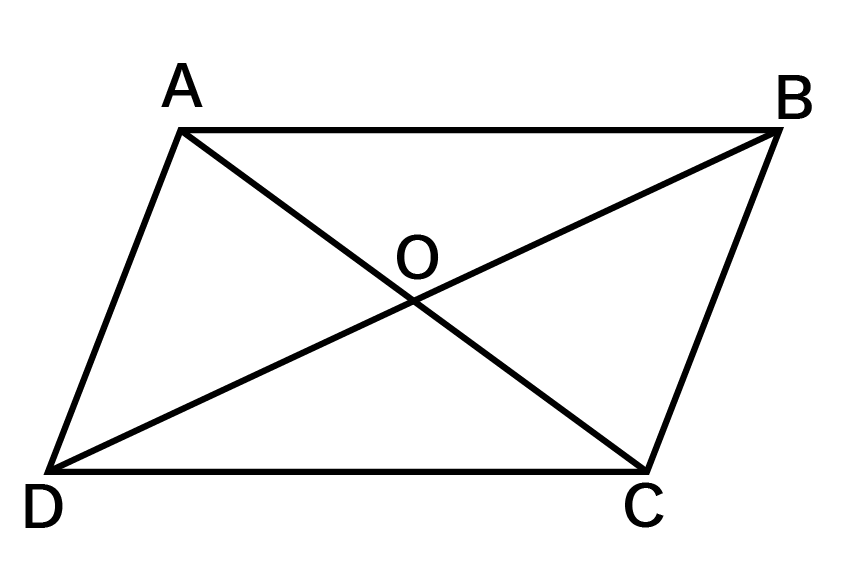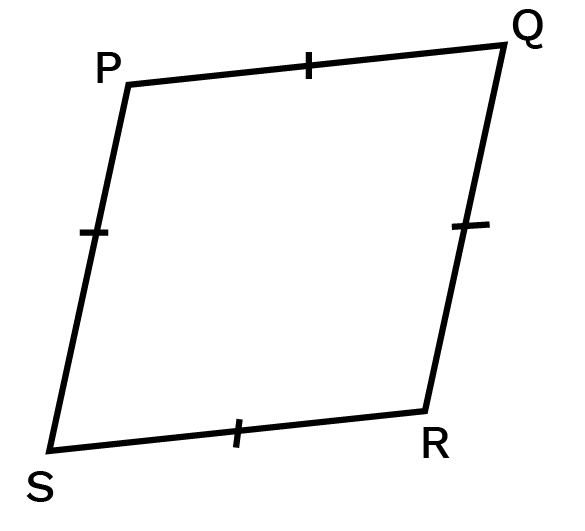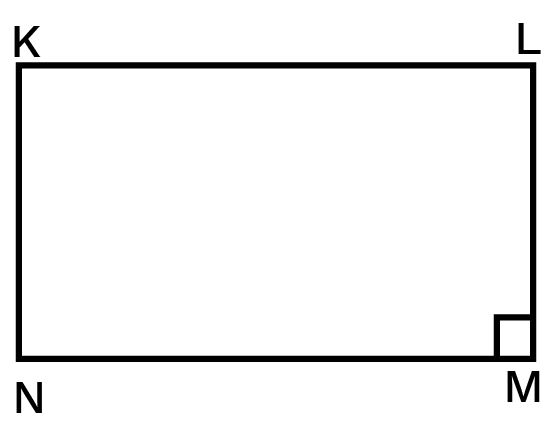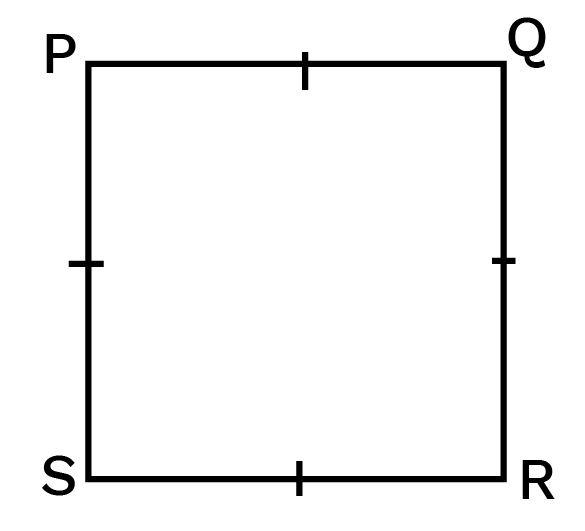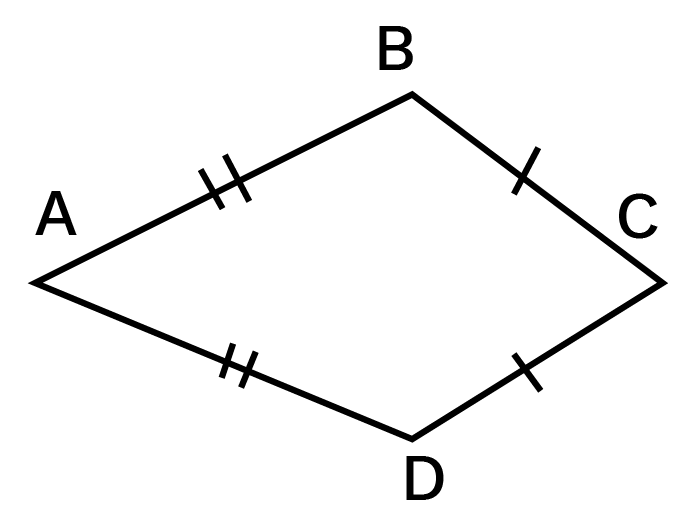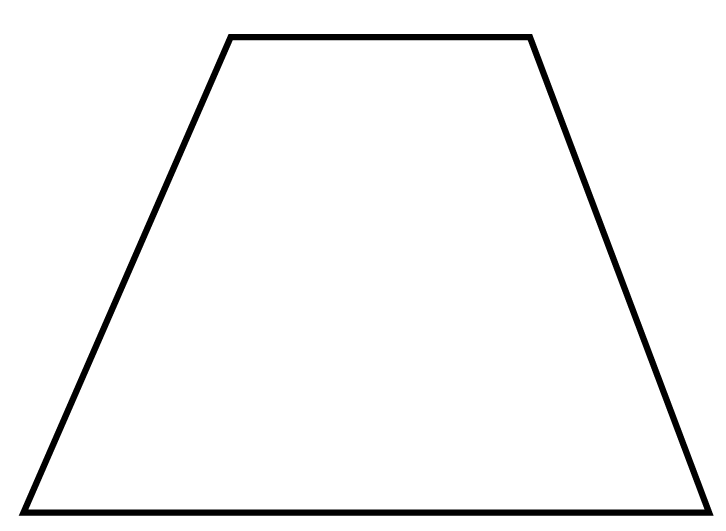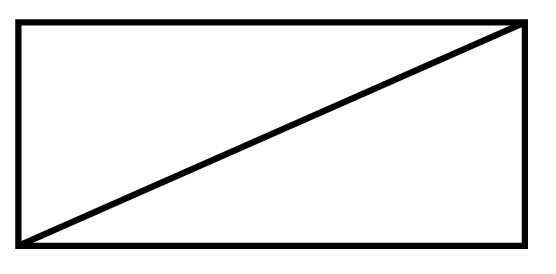Revision Notes for CBSE Class 8 Maths Chapter 3 - Free PDF Download
FAQs on Class 8 Revision Notes for CBSE Maths Chapter 3 Understanding Quadrilaterals (Free PDF Download)
1. When Should You Refer to The Notes?
You should study these revision notes by Vedantu:
Immediately After you Finish a Chapter - Quickly capture the important points, definitions, formulae, theorems and diagrams covered in the chapter and cement them in your mind.
During your Weekly Revisions - Check if you have already forgotten an important point, theorem or formula and revise it once again.
Just before Tests and Exams - To cover the chapter quickly at a glance without spending too much time on the content that is less important.
2. What are the topics covered in Class 8 Chapter 3 Understanding Quadrilaterals?
The topics covered in Class 8 Chapter 3 Understanding Quadrilaterals are Polygons, Classification of Polygons, Diagonals, Convex and Concave Polygons, Regular and Irregular Polygons, Angle Sum Property, Sum of the measures of the Exterior Angles of Polygon, Different kinds of Quadrilateral, Trapezium, Kite, Parallelogram, Elements of a parallelogram, Angles of a parallelogram, Diagonals of a parallelogram, Some Special Parallelograms, Rhombus, A rectangle, and A square.
3. How to gain in-depth knowledge of Chapter 3 of Class 8 Maths?
The CBSE NCERT questions are answered in the NCERT Solutions for Chapter 3 of Class 8 Maths. The exercise questions are answered in an ideal manner and they best suit the questions from an exam point of view. All questions are prepared by subject matter experts with decades of experience. All these important questions are based on the latest CBSE guidelines, making scheme and syllabus. Referring to these questions will help students get an in-depth understanding of Chapter 3.
4. How to score maximum marks in Chapter 3 of Class 8 Maths examination?
One of the most effective strategies for nervous students to overcome their anxiety about writing final examinations is to revise frequently. They must also practice NCERT’s solved examples and exercises regularly. Mock question papers and questions from different reference books also provide an edge to students and prepares them on a cumulative basis. Vedantu's CBSE Maths Chapter 3 Class 8 Notes contain content provided by our top instructors, all of whom have taught on the CBSE board. Students will be able to get better grades in their Class 8 examinations if they use these revision notes. Understanding Quadrilaterals Class 8 Notes PDF may be downloaded by students to help them review the whole curriculum and improve their test scores. The notes and solutions are free of cost and also available on Vedantu’s website(vedantu.com) and mobile app.
5. What are the benefits of revision notes for Chapter 3 of Class 8 Maths?
Class 8 Understanding Quadrilaterals Formulae, definitions, illustrations, and brief explanations of key ideas are included in the notes created by our specialists at Vedantu, making it easier for school children to comprehend the concepts. Students may readily comprehend and recall the notes because of the highlighted points, simple language, and relevant reference pictures. Because these notes are written by Vedantu topic specialists, students will have an advantage over their classmates when it comes to grasping the theory and applications of a concept.
6. What are the different types of quadrilaterals?
Quadrilaterals are divided into six categories. A parallelogram is a quadrilateral with opposing sides that are congruent and parallel to each other. Its opposing angles are likewise in line with one another. A rectangle is a quadrilateral with opposing equal sides and all angles at right angles (90 degrees). A square is a quadrilateral with all four sides being equal, opposing sides being parallel, and all angles being right angles (90 degrees). A rhombus is a quadrilateral with all of its sides equal and diagonals that bisect each other at 90 degrees. A trapezium is a quadrilateral with only one set of parallel sides and two sides that are not parallel and may or may not be equal. A kite is a quadrilateral with unequal opposed sides and two sets of equal adjacent sides.
7. What are the elements of a quadrilateral?
There are numerous distinct components in a quadrilateral. The line segments that link the vertices are known as sides. Vertices are the intersections of two adjacent sides. A quadrilateral's two opposing sides with no shared termination are referred to as opposite sides. The two quadrilateral angles with no common arm are known as opposite angles. Diagonals are produced by joining the vertices on opposing sides of a line segment. Adjacent Angles are two quadrilateral angles that share a common arm. Adjacent Sides are a pair of quadrilateral sides that share a common termination.
























